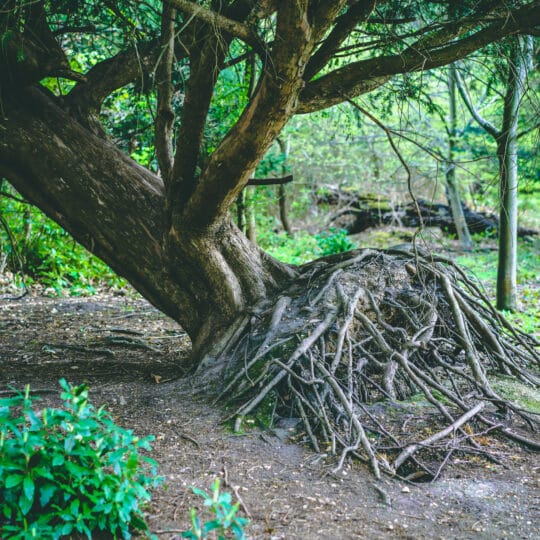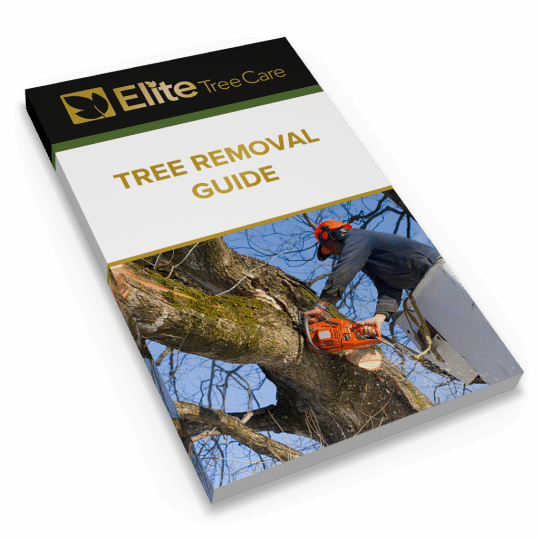6 Signs it’s Time for Tree Removal
And Time to Call a Pro
Posted
October 6, 2022

How do you know when it’s time for a tree to come down? Learning the signs could mean the difference between controlling the situation and having the tree come down on its own and causing damage. Here are some telltale signs it’s time for tree removal.
A Tree’s Lifespan
In optimal conditions, certain trees can live for thousands of years. These are usually undisturbed trees found in nature, but even a tree planted in your yard today could live for a hundred years or more. However, like everything else in life, certain circumstances occur that shorten a tree’s lifespan.
There may come a time when the best option is to remove a tree that’s become more of a hazard than a beautiful living thing. Tree removal is an involved, expensive process and can be dangerous when done incorrectly. While you should always be on the lookout for the following signs, your next course of action should be to contact a professionally licensed and insured tree removal company.
Tree Removal Signs
So, what should you look for? There are some obvious signs of distress in a tree. While it’s important to take note of these changes, it may not mean immediate removal.
- Bare branches. If a tree no longer produces as many leaves as it used to, it could be cause for concern. While one or two bare branches may not seem like a big deal overall, it could be the beginning stages of something more serious.
- Dropping branches. Seeing branches on the ground after a storm is a normal occurrence. However, noticing bare branches strewn across the lawn on a beautiful day requires further investigation.
- Considerable storm damage. Even the tallest and thinnest trees are designed to withstand storms. However, pests, disease, drought, and lightning can weaken defenses. If you notice large splits, extensive leaning, or uprooting, it may be safer to put the tree out of its misery.
- Too close to structures. It’s important to try to plan the proper placement of seedlings to help prevent trees from becoming an issue later on. However, sometimes it’s hard to plan decades in advance. As a result, some trees end up growing too close to homes and other structures. Roots may also become an issue if they start emerging under sidewalks, driveways, and foundations. If a tree obstructs important road signs and walkways, it also should come down sooner rather than later.
- Overcrowding. Trees can prevent other plants from thriving. If a canopy is large enough to shade an area, it’s less likely anything requiring direct sunlight will grow underneath it. While a simple solution may be to plant these other sun-loving species somewhere else, you could also consider thinning out an overcrowded area as a conservation method.
- Sprouts. If you notice a tree is growing new sprouts near the base of the trunk, this isn’t new life. It’s more of a life-threatening situation caused by extreme distress.
Other signs may not be as apparent as the ones listed. For instance, a tree that’s rotting from the inside out may still grow new leaves while it traps moisture and spreads disease throughout its hollow trunk. This is why it’s a good idea to have a professional arborist inspect any questionable trees, especially if they’re in falling proximity to your home or utility lines.
Professional Tree Removal
Spotting the signs is the first step. Calling a professional should be the next. Contact Elite Tree Care if you notice any signs of tree damage or even question something out of the ordinary. Taking expert suggestions into consideration when it’s time for tree removal is the final step.

Download Your FREE Tree Removal Guide
Even dedicated DIYers should think twice before taking on the task of tree removal. Our guide will help you decide whether to hire a tree service and how to get the most value for your money.